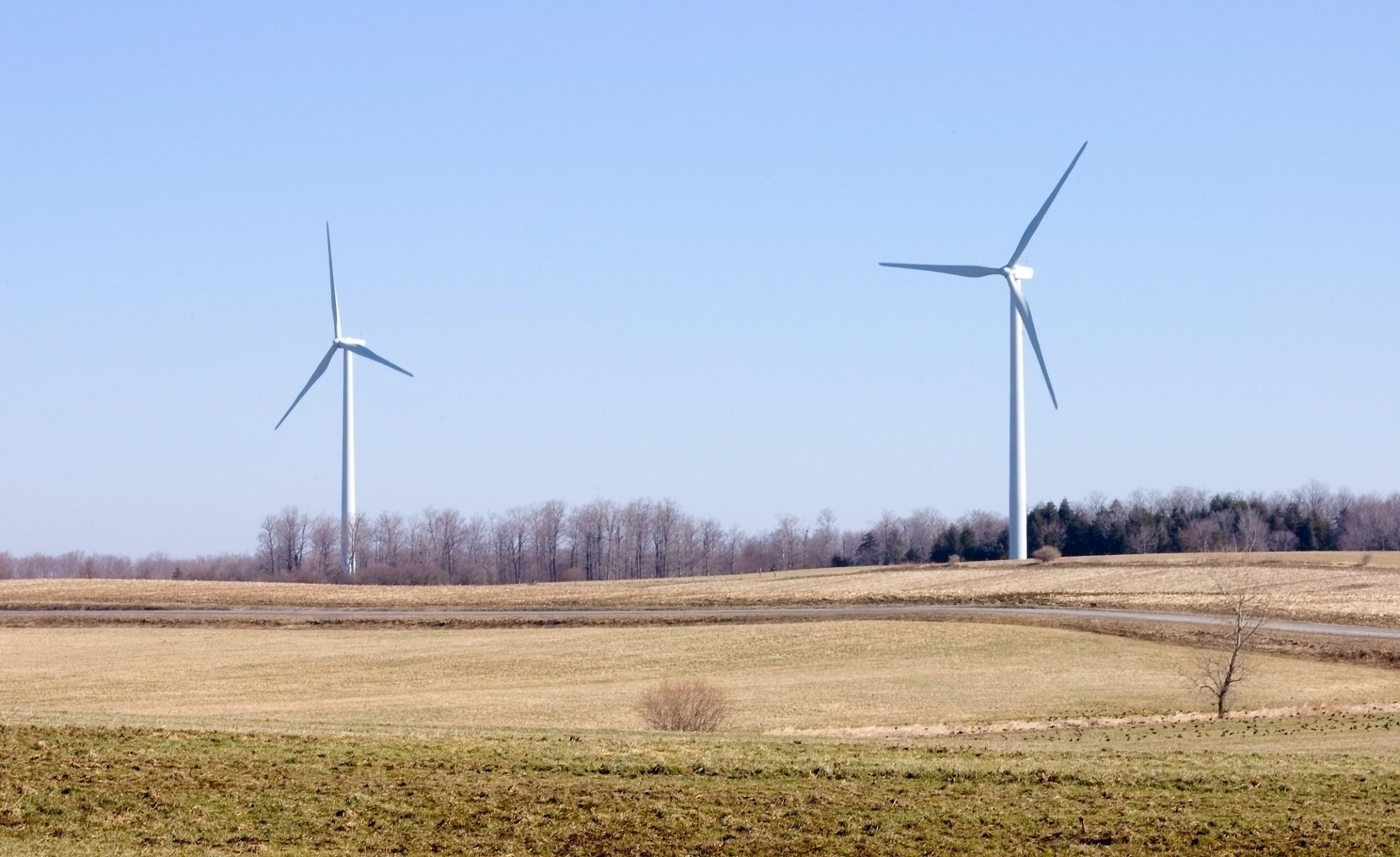
Wind and solar are now the cheapest electricity available, and the cost of energy storage has dropped more than 90 per cent over the past decade. (Photo: David Suzuki Foundation via Flickr)
It’s easy in Canada to take electricity for granted. Flip a switch and the light turns on. Yet as we act to address the climate emergency, our relationship with electricity will need to change. Shifting away from burning fossil fuels toward using electricity is a key climate strategy, but we need to ensure that the electricity we use is clean, affordable, and reliable while delivering community benefits. A clean electricity standard works to ensure more clean power is added to the grid with binding targets and timelines.
In February, Prime Minister Justin Trudeau and U.S. President Joe Biden agreed to accelerate climate ambition as part of the Roadmap for a Renewed U.S.–Canada Partnership. Advancing clean electricity was singled out as part of this work. The president affirmed his country’s goal to make the power sector 100 per cent clean by 2035 and the prime minister restated Canada’s goal to achieve 90 per cent non-emitting electricity by 2030.
Matching the U.S. clean electricity goal will be central to ramping up Canada’s climate ambition. This standard would accelerate investment in clean electricity, guarantee the power Canadians consume will be climate-friendly, and bring economic opportunities to communities. Clean electricity standards and similar policies in California, New York, and the EU have succeeded and provided the long-term clarity needed to invest in clean electricity. Canada would be able to grow secure, well-paid, clean-energy jobs and recognize competitive advantages of a decarbonized economy with fewer financial risks. Advanced energy modelling, such as the Clean Power Pathways initiative we’re engaging in with academic partners, can explore scenarios, pathways and visions for reaching clean electricity milestones, but we need to know where the destination is to imagine the pathways that can get us there.
Canada has enjoyed a comparatively cleaner electricity system for decades, but expectations are changing, and the threshold for being considered clean keeps increasing
U.S. ambition on clean electricity over the next decade is far greater than Canada’s. Today, just 37 per cent of the U.S. electricity grid is clean, with most electricity generation from gas and coal. The American grid is about eight times the size of Canada’s. Canada has enjoyed a comparatively cleaner electricity system for decades, but expectations are changing, and the threshold for being considered clean keeps increasing. In 2018, more than 80 per cent of Canada’s electricity system, much of it hydroelectricity, was non-polluting. However, some provincial grids remain among the dirtiest in North America.
As of 2017, electricity only powered about 17 per cent of Canada’s total energy needs, with about 80 per cent from burning fossil fuels. Electricity can and must play a bigger role. Clean electricity will power a growing share of our economy. By mid-century, electricity is likely to make up half or more of Canada’s energy mix, overtaking oil and gas as Canada’s dominant source. Not only must we clean our existing electricity grid, but also add only clean sources of new electricity.
Electrifying as much as possible will be a central pillar of Canada’s decarbonization efforts.
Transitioning off fossil fuels toward clean, affordable, reliable electricity will play a major role in cutting carbon pollution, especially from the biggest polluting sectors such as transportation, buildings and industry. We must move from gas furnaces and boilers to electric heat pumps, switch from combustion engines to electric- or hydrogen-powered vehicles and move from gas and coal to electrified solutions for industry. Electrifying as much as possible will be a central pillar of Canada’s decarbonization efforts. Even with countrywide programs for energy efficiency and building retrofits, demand for electricity is expected to increase significantly.
Wind and solar are now the cheapest electricity available, and the cost of energy storage has dropped more than 90 per cent over the past decade. By expanding the capacity of regional transmission systems, Canada can leverage its existing hydro resources to help firm up more renewables on the grid and speed the transition.
Biden speaks of the managed decline of the fossil fuel sector yet Trudeau continues to defend continuing and subsidizing oil and gas extraction. The move to 100 per cent clean electricity in both countries hinges on phasing out fossil fuels, including fracked gas, the use of which continues to increase on electricity grids.
In the face of renewed U.S. climate ambition, Canada needs to step up its game. This is our opportunity to get to a clean electricity grid by introducing a standard. Otherwise, we risk being left behind as the world surges to a decarbonized future.
This op-ed was originally published in The Hill Times
Our Work
Always grounded in sound evidence, the David Suzuki Foundation empowers people to take action in their communities on the environmental challenges we collectively face.




